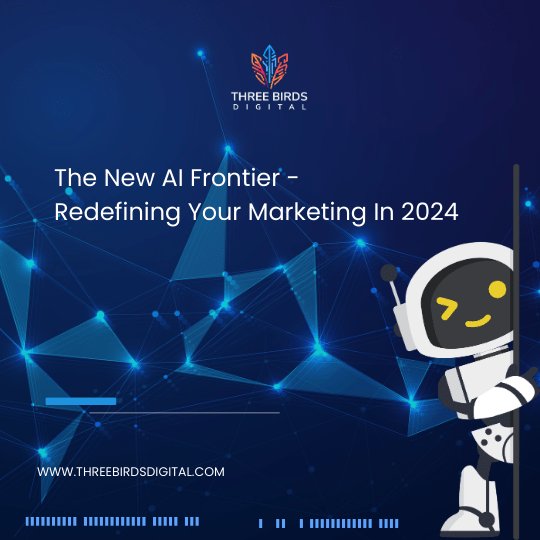
Embarking on a journey into the world of Artificial Intelligence (AI) can be as exhilarating as it is daunting. Whether you’re an aspiring developer, a curious student, or a business professional looking to stay ahead of the curve, understanding AI is rapidly becoming as fundamental as knowing how to use a smartphone. And just like picking up that first app-laden gadget, starting your AI journey is about exploration, curiosity, and a dash of patience. So grab a cup of your favorite brew, settle in, and walk through the five pillars every AI beginner should know.
1. Grasp the Basics of AI and Machine Learning
Before you dive into the deep end, it’s crucial to understand what AI is—and, just as importantly, what it isn’t. At its core, AI is the science of making machines intelligent, enabling them to perform tasks that typically require human intelligence. This includes things like recognizing speech, making decisions, and translating languages.
Machine Learning (ML), a subset of AI, is where the magic starts to spark. It’s the method by which we teach machines to learn from data, identify patterns, and make decisions with minimal human intervention. Imagine giving a computer the task of identifying cats in photos. By using ML algorithms, the computer can learn from a set of pictures which features are most cat-like and improve over time.

Here are a few key concepts to get cozy with:
- Algorithms: Think of these as recipes that the computer follows to learn from data.
- Neural Networks: Inspired by the human brain, these are a series of algorithms that work together to recognize underlying relationships in a set of data.
- Deep Learning: This is a type of ML that uses complex neural networks with many layers (hence ‘deep’). It’s particularly good at processing images and speech.
- Supervised vs. Unsupervised Learning: Supervised learning involves training a model on a labeled dataset, while unsupervised learning finds patterns in data without any labels.
2. Get Comfortable with Data
AI and ML feast on data. The more quality data you have, the better your AI models will perform. As a beginner, you should become comfortable with data collection, data cleaning, and data analysis. But remember, not all data is created equal. Biased data can lead to biased AI models, which is a big no-no in responsible AI development.
Start with these basics:
- Data Collection: Gather data from various sources like databases, online repositories, or APIs.
- Data Cleaning: This involves removing errors, filling in missing values, or smoothing out noise in the data.
- Data Analysis: Understand the data through statistical methods and visualization to find insights.
As you get more advanced, you’ll learn about training sets, validation sets, and test sets—essential parts of building and evaluating AI models.
3. Choose the Right Tools and Languages
Just as a painter needs a brush, an AI enthusiast needs the right set of tools. Python is the lingua franca of AI and ML due to its simplicity and the vast availability of libraries like TensorFlow, PyTorch, and sci-kit-learn. But don’t overlook other languages like R, especially if you’re into statistical analysis.
Familiarize yourself with essential AI and ML tools:
- Jupyter Notebooks: Great for experimenting with code, data analysis, and sharing your findings.
- GitHub: Version control is crucial when you’re writing code, and GitHub is the de facto platform for managing code changes and collaboration.
- Cloud Platforms: Amazon Web Services (AWS), Google Cloud Platform (GCP), and Microsoft Azure offer powerful cloud-based tools for AI development.
You don’t need to master every tool out there. Start with one, get comfortable, and expand your toolkit as you grow.
4. Dive into Projects and Keep Learning
There’s no better teacher than experience. Start with small projects and gradually tackle more complex problems. Open-source projects are a goldmine for learning and contributing. They allow you to see how more experienced developers structure their code and solve problems.
Here are some project ideas to get you started:
- Build a spam filter: This is a classic ML project that will teach you about natural language processing (NLP) and classification algorithms.
- Create a recommendation system: Like the ones used by Netflix or Amazon, it can be a great way to learn about collaborative filtering and content-based filtering techniques.
- Develop a chatbot: Start with rule-based systems and then graduate to more complex NLP models.

And never stop learning. The AI field is constantly evolving, with new papers, techniques, and best practices emerging all the time. Follow AI influencers, enroll in online courses, and keep abreast of the latest research.
5. Understand the Ethical Implications
AI isn’t just about technology; it’s also about responsibility. The algorithms you create can have real-world consequences, from influencing job markets to affecting personal privacy. It’s imperative to start your AI journey with a mindset attuned to the ethical implications of your work.
Consider these ethical guidelines:
- Transparency: Can users understand how and why an AI system decides?
- Fairness: Does your AI discriminate or bias against certain groups of people?
- Privacy: Are you protecting user data and using it responsibly?
- Accountability: If something goes wrong, is there a way to determine what happened and how to rectify it?
By approaching AI with an ethical compass, you not only build trust with users but also contribute to a more just and equitable technology landscape.
Beginning Your AI Adventure
Starting your AI journey is much like planting a seed; it takes time, care, and a bit of sunlight to blossom. But as you embark on this path, remember to:
- Be patient with yourself: Learning AI is a marathon, not a sprint.
- Stay curious: Let your curiosity guide your learning and exploration.
- Connect with others: Join AI communities, attend meetups, and collaborate.
And most importantly, enjoy the ride! Each step you take builds the foundation for a future where AI is as familiar as sending a text message or browsing the web.

The journey into AI is a thrilling one, replete with challenges and triumphs. It is a path of continual learning, where each project leads to new insights, and every failure paves the way for greater understanding. Keep these five pillars in mind, and you’ll be well-equipped to navigate the vibrant and evolving world of Artificial Intelligence. Welcome to the future—you’re now a part of shaping it.
Start Learning About How AI Can Help!
And there we have it, the beginning of what I hope will be an incredible journey into the world of Artificial Intelligence for you. If this has sparked even a tiny ember of curiosity and you’re eager to stoke that into a roaring flame, our friends at Three Birds Digital have just the thing to help you spread your wings. They’re hosting a can’t-miss free webinar that delves into the foundations of AI. It’s perfect for getting those beginner questions answered and taking a confident step forward on your AI adventure.
Whether you’re looking to change careers, enhance your current job or simply want to know what all the AI buzz is about, this webinar is your ticket to get started. Don’t miss out on this opportunity to join a community of like-minded learners and experts passionate about the potential of AI. Register now—spaces are filling up as quickly as AI advances! Who knows, this could be the start of something big. So, are you ready to join the AI revolution with Three Birds Digital? Let’s take flight into the future together!




